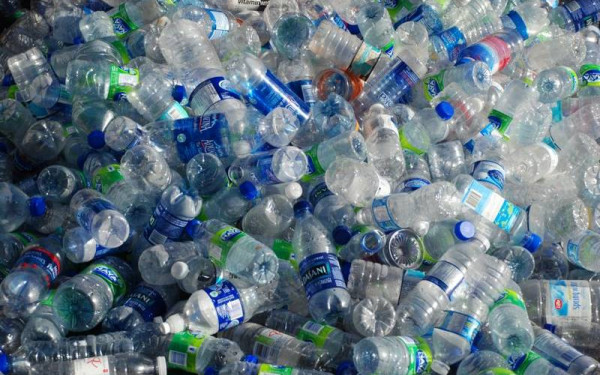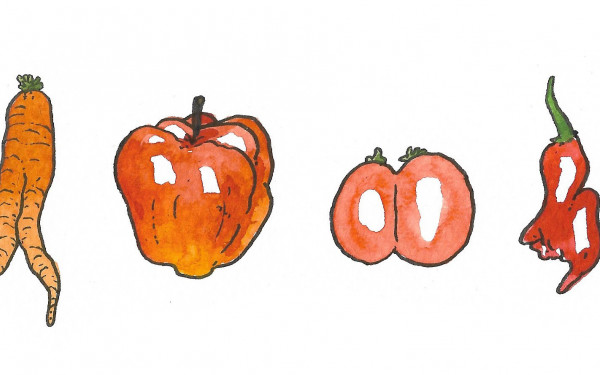Are You Dreaming of a Green Christmas?
It’s Boxing Day.
The presents have been unwrapped, the family has finally left, the Christmas tree is somehow still intact, and the United States has produced an extra 25 million tons of waste.
Once thought of as the most joyful time of the year, Christmas has now become one of the most wasteful.
The toxic combination of consumerism, excessive waste, and increased sales has created a carbon footprint that will haunt the globe like the ghost of Christmases past.
Everything from the tree in your living room to the knick-knacks in the stockings poses a threat to the environment.
41 per cent of the toys children will receive will be broken within three months, according to the U.K. waste fallout of December 2006. An additional 125,000 tons of plastic packaging will be disposed of.
Consumers throw away 25 per cent more trash during the holidays than regular days, according to Cecilia Ramirez of environmental blog Green Poppies.
This is equivalent to about 110 pounds per person, or 1 million extra tons per week.
Though the consequences of Christmas consumerism are not immediate, they are severe.
“Whenever you’re producing anything, there’s impacts to the entire life cycle that need to be considered,” explained Faisal Shennib, Concordia University’s Environmental Coordinator. “Everything that we make or do or service in this world has a life cycle to it, and this has an impact.”
Plastic products can take up to 1,000 years to decompose, creating a ripple effect on the environment.
The small plastic particles that are produced by the decomposition of plastic are leaked into the Earth’s waters. They are subsequently ingested by marine animals and transferred into the food chain, wreaking havoc on the ecosystem, according to the international scientific journal Environmental Pollution.
Nearly every product on Toys “R” Us’ “2014 Hot Toy List” is made with plastic.
“The difference is going to have to be systematic,” said Shennib. “Producers […] should be responsible for the impact of it, not just the consumers.”
One of the major issues, according to David Lank of Concordia’s David O’Brien Centre for Sustainable Enterprise, is the lack of incentive for companies to change.
With consumerism at an all-time high, Christmas sales accounted for 19.2 per cent of U.S. retail sales in 2013, according to statista.com.
“Christmas is a huge sales opportunity for a lot of companies,” said Lank. “You can’t really get companies to change because it feels good.”
Going green at Christmas is not only beneficial to the planet, but also to producers and consumers, Lank explained.
“There’s a little bit of a movement or a twist on trying to reconnect with the true meaning of the holidays,” said Lank. “Not only are you doing good but you’re actually saving money in the long term. […] A lot of this push for change in business comes from demand from consumers to have more environmentally-friendly products.”
Luckily for Mother Nature, new products and creative alternatives are making it easier to make green Christmases a reality.
To help save some of the 33 million live Christmas trees that are tossed away or mulched every year, several organizations across Canada have introduced a rental Christmas tree system. Companies such as Evergrow Christmas Trees offer delivery of potted Christmas trees to customer’s doorsteps and pick-up after the holidays are over.
Canadians throw away 545,000 tonnes of gift wrap and shopping bags every year. If every Canadian wrapped three gifts in reused material, it would save enough paper to cover 45,000 hockey rinks, according to the Regional District of Nanaimo’s website.
“[Gift wrap is] pretty packaging, and it makes the experience maybe more enjoyable for some people,” said Shennib, “but that’s not the only way to have an enjoyable experience.”
Shennib suggests trying Furoshiki, a traditional Japanese wrapping cloth which can be used for wrapping presents as an alternative to disposable wrapping paper.
“It’s all about simplifying,” said Lank. “I get a joy out of trying to simplify and trying to reconnect with family and friends.”
Lank recommends unplugging lights when they’re not in use, planning shopping trips to cut gas consumption, and giving the gift of experience, such as a trip to the art gallery.
“I believe consumers are still to be educated on the impact of this industry,” said Ramirez. “Getting into the zero-waste holiday spirit doesn’t mean losing out on the spirit of Christmas. […] But it is the sum of all these that will be helping us to approach to a greener future.”


_600_832_s.png)


_600_375_s_c1.png)

_600_375_90_s_c1.jpg)